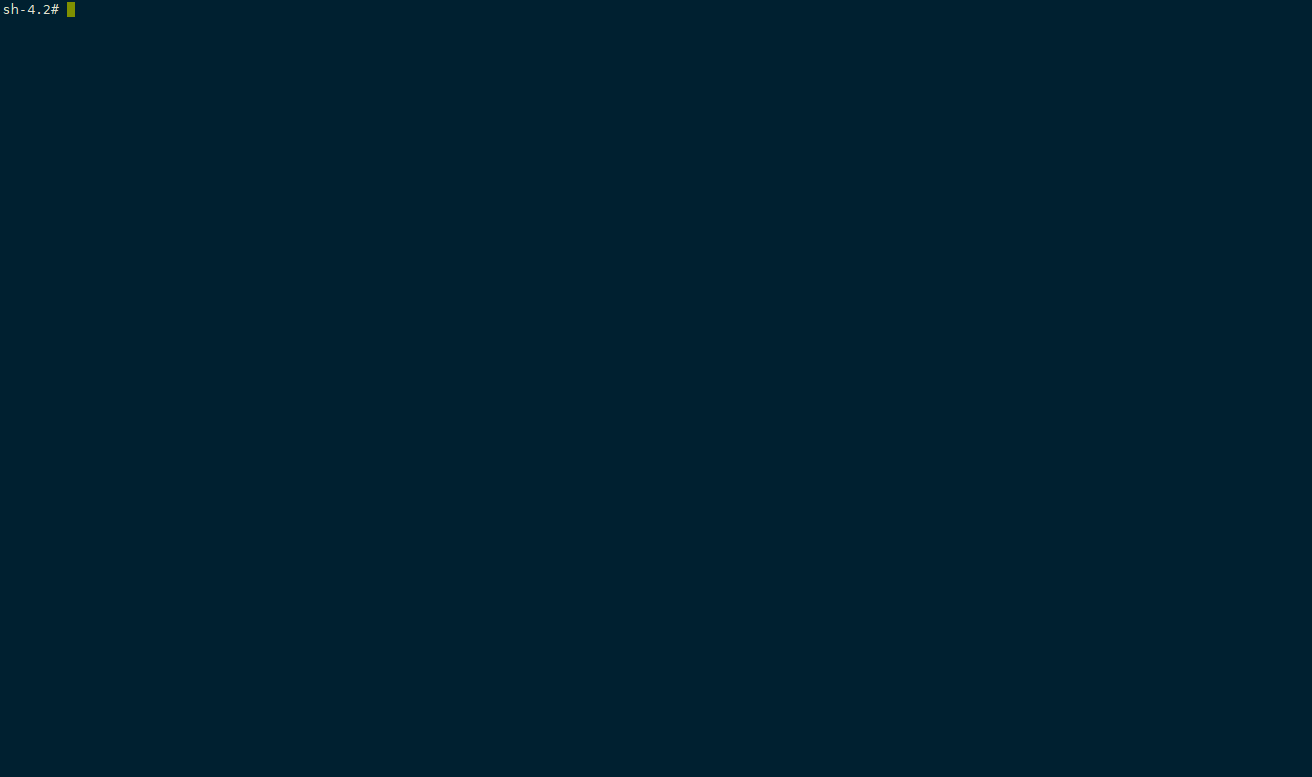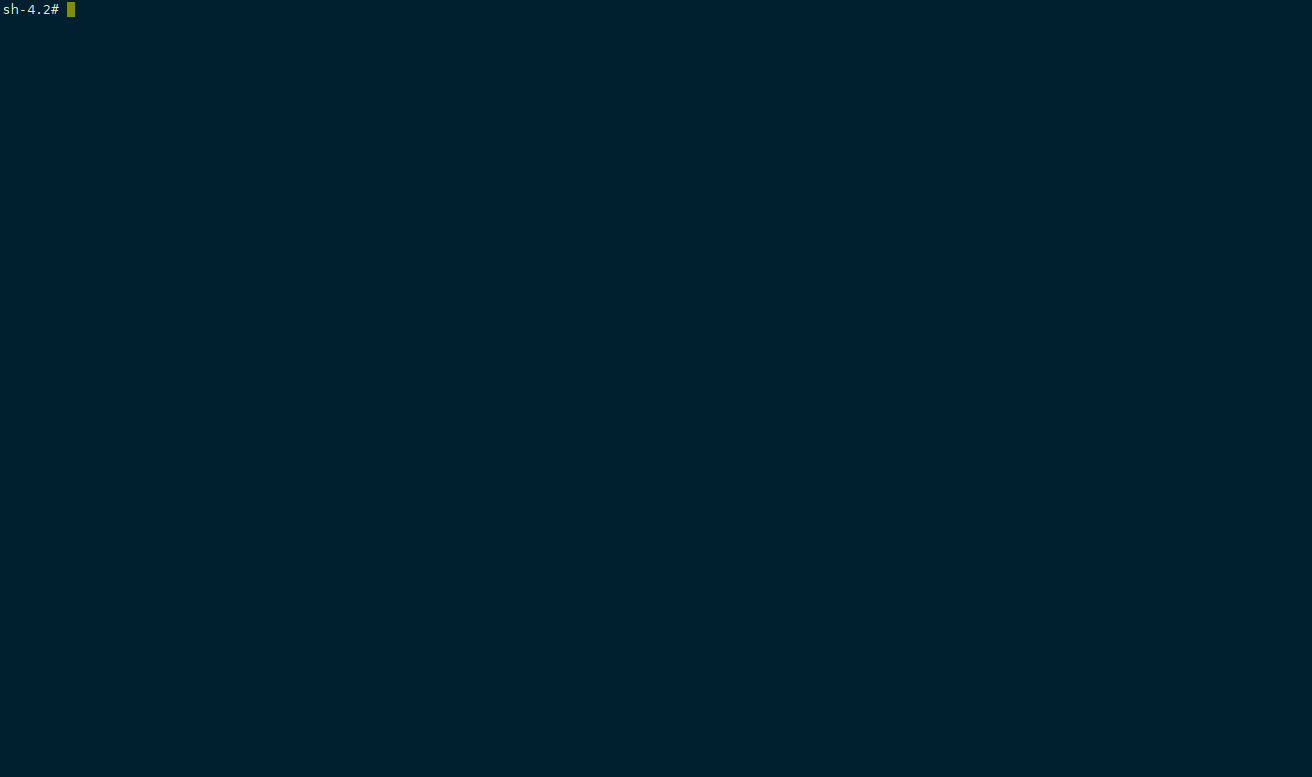English | 中文
Dockin operation and maintenance management system is a safe operation and maintenance management service that optimizes exec execution performance and supports command authority management
For more Dockin components, please visit https://github.com/WeBankFinTech/Dockin
- k8s cluster
- Deploy Docking rm in advance, opserver needs to call rm interface to get information
- Prepare redis, you can quickly run redis with the following command:
docker run -p 6379:6379 -d redis:latest redis-server
- Plan to deploy opserver server, record the ip
- Modify the configuration file application.yaml, the main thing to note is the address of rm
rm-address: http://127.0.0.1:10002/rmController # RM access address
batch-timeout: 5000
http-port: 8084 # listening port of opserver
cmd-filter-type: blacklist
while-list-update-time: 60000
limits:
exec-forbidden:
-vi
file-max-size: 1000
upload-file-max-size: 500
download-file-max-size: 4000
vi-file-max-size: 10
k8s-qos: 40
k8s-burst: 60
opagent-port: 8085 # listening port of opagent
redis:
expiration: 120000
accounts: # User information of opserver, currently configured in the configuration file
-account:
user-name: app
passwd: passwd
- Compile: execute the following command
make
- Modify opserver access address
# File to be modified: internal/common/url.go, change the constant RemoteHost to the ip and port corresponding to opserver
const RemoteHost = "127.0.0.1:8084"
- Compile: execute the make command
make
- Modify the configuration file application.yaml, the access address of rm should be noted
app:
rm:
api: http://127.0.0.1:10002/rmController # RM access address
container:
ticker: 30
http:
port: 8085
debug:
port: 10102
ims:
logroot: /data/logs/
docker:
sock: unix:///var/run/docker.sock
qos:
path: /data/cgroup
logs:
cmd-white-list:
-grep
-zgrep
-cat
-head
-tail
-awk
-uniq
-sort
-ls
cmd-timeout: 5000
max-file-size: 3000
max-line: 1000
root: /data/logs/
- Compile and package opagent to docker image
make docker-build
- Opagent runs in the k8s cluster as a daemonSet. You can directly refer to the daemonSet sample in the internal/docs directory of the project, modify the corresponding mirror information and apply it directly to the k8s cluster.
- Export the configuration file of the k8s cluster that needs to be managed, place it in the configs/cluster directory, and add a dockin section on the basis of the original configuration file. The example is shown below. Please see the corresponding notes for those who need attention:
apiVersion: v1
clusters:
-cluster: # The access address and name of the cluster can be declared multiple
insecure-skip-tls-verify: true
server: https://127.0.0.1:6443
name: kubernetes
contexts: # Context information, mainly used to correspond to the above cluster information, set up some configurations
-context:
cluster: kubernetes # cluster name, corresponding to the cluster name in the cluster section
namespace: test # Use the namespace of the configuration operation
user: kubernetes-readonly-user # The user used to access the cluster
name: readonly-user
current-context: readonly-user # Context used by default
kind: Config
preferences: {}
users:
-name: kubernetes-readonly-user # User information, corresponding to the user in the context section
user:
password: your_password # User password
username: readonly-user # username
dockin: # Additional custom configuration, the user declares the rules applicable to the cluster and the corresponding cluster id, and declares the default whitelist
cluster-id: test
rule: test
whitelist:
-127.0.0.1
- Upload the start.sh, configs directories and compiled executable files in the project to the server, and execute the following commands:
sh start.sh
- Copy the executable file to the server to use it, use the following command to view the help:
dockin-opsctl -h
Currently, dockin-opsctl already supports the dockin-opserver address compiled by the configuration file. The path of other configuration files is: $HOME/.opserver.yaml. At the same time, it also supports the use of -c or --config parameters to prepare configuration files.
The configuration file uses a yaml file, and currently there is only one configuration:
Opserver: 127.0.0.1:8084



